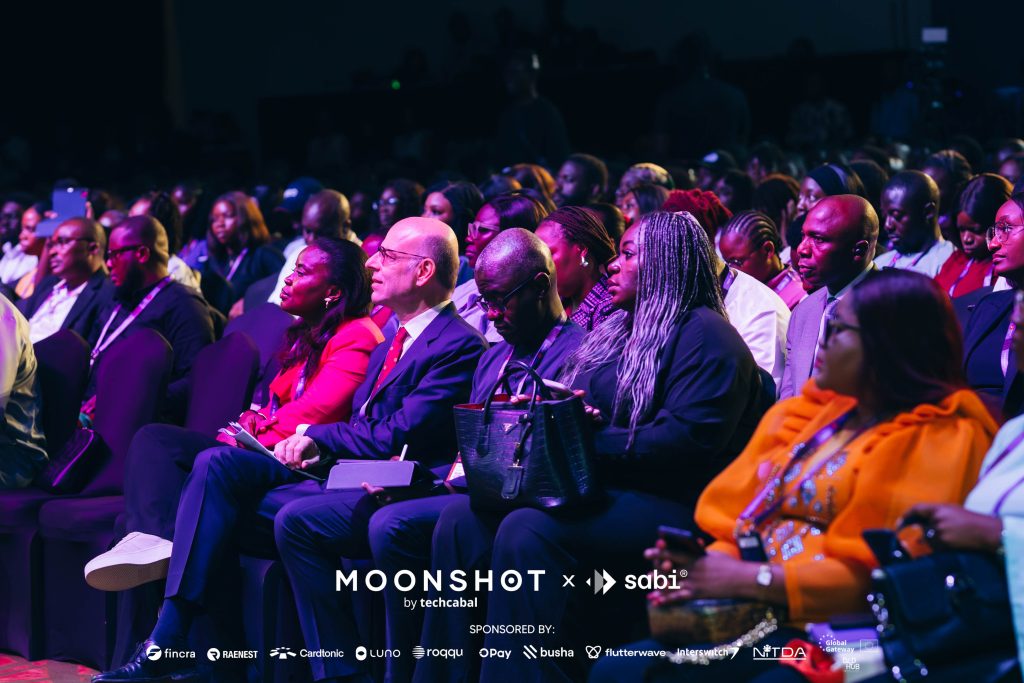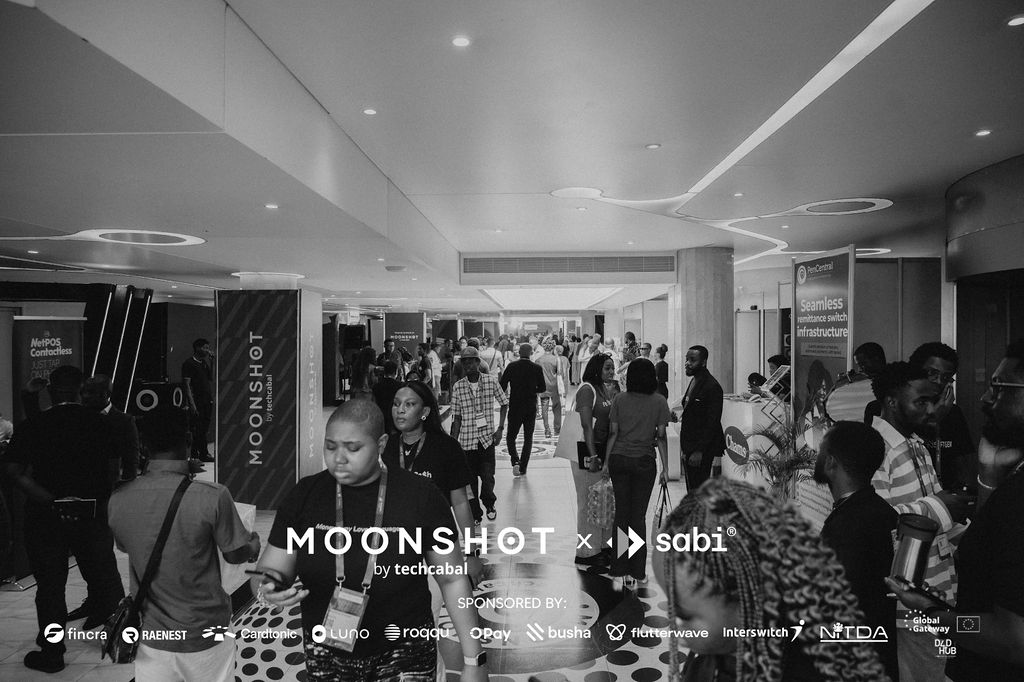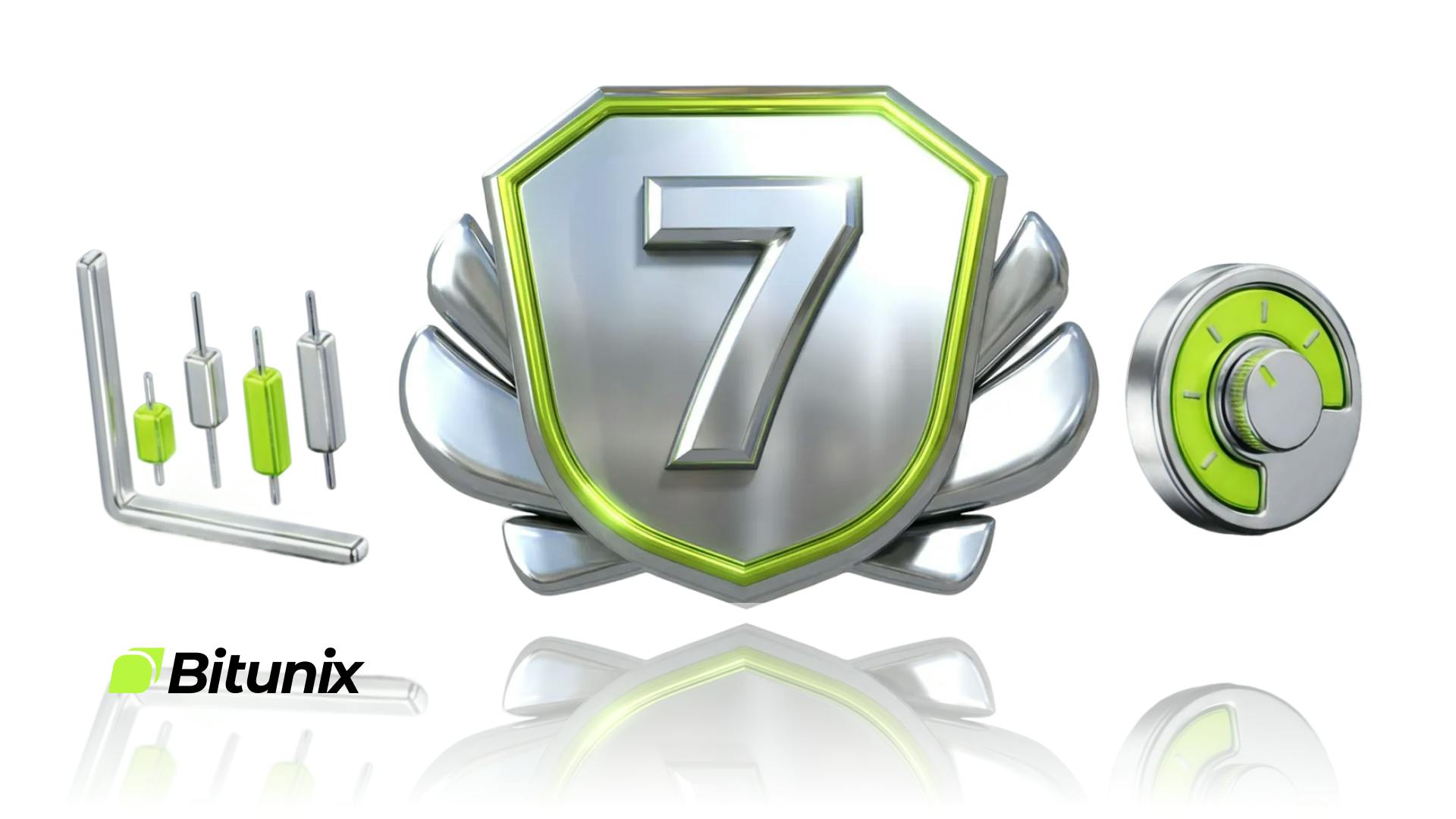Every October, when Moonshot by ends, I’m reminded that the real work starts after the applause fades. The panels, keynote speeches, and mixers create a kind of high, a temporary ecosystem of ideas and ambition.
But once the crowd disperses and everyone flies back to their respective countries, the question becomes: what do you actually do with all that energy?
As a journalist, I’ve attended summits across the continent — from Kigali to Cape Town, Nairobi to Lagos, Kinshasa to Cairo. The conversations are often visionary, but the follow-through can be uneven. What separates those who turn these moments into catalysts from those who treat them as calendar filler, is what happens in the quiet days after the summit. The learning, connecting, and follow-up. The self-reflection. The disciplined filtering of noise.
Here’s what that looks like, from where I sit, and what I’d tell the thousands of professionals who left Moonshot 2025 feeling something meaningful just began.
For founders: Don’t chase contacts, chase conviction
High level events like Moonshot are designed to further the development of a sector with immense potential, but presents opportunities for serendipity—that perfect investor meeting in the hallway, that mentor who finally “gets” your product. But most founders, including some I interacted with, mistake volume of interaction for value.
Handshakes feel like leads, conversations like opportunities. By the last day, you’ve exchanged fifty cards and promised coffee to twenty people. Then Monday arrives, and you’re back in the office putting out operational fires. The window for meaningful follow-up narrows fast.
The best founders I’ve met treat post-summit engagement like a strategy. They spend time after events going through every conversation, ranking contacts by relevance: Who can help me achieve my next milestone? Who can challenge my assumptions? Who can open a door that helps me build?
Then they follow up with precision. Not “great to meet you,” but something like:
“You mentioned expanding into Kenya, here’s a short memo on our API integration challenges there. Would love your take.”
As someone who’s interested in the ecosystem, I would respond. And that, there, could mark the foundation of a mutually beneficial relationship.
Building relationships with intent isn’t easy. Another truth is that you might not get value in the investor you pitch, but in the fellow founder you grab lunch with. Founders who share similar scaling pains can become the most enduring allies in an ecosystem like Africa’s.
Uche Ark, a former Lagos banker now exploring solar ventures, told me he makes it a rule to maintain at least one ongoing conversation with another founder from every event he attends.
“They’ve already made mistakes I haven’t yet,” he said.
So, my advice to founders is that after the summit, create a small circle of “accountability peers”, people who understand your struggles and will tell you the truth when the hype fades.
For investors: From observation to conviction
Investors are perhaps the most visible species at any tech summit. They sit on panels, moderate sessions, host dinners. But in the days after the event, I’ve noticed two kinds of investors emerge.
The first group files their notes, updates their pipeline tracker, and waits for startups to email. The second group tests their theses, immediately. They pick up the phone, call a founder they met, and ask deeper questions like “Walk me through your unit economics again. Who’s your top customer? What do you need in the next quarter?”
The latter build conviction fast.
In markets as fluid as Africa’s, conviction is a competitive advantage. It allows investors to move decisively when opportunities arise, rather than waiting for consensus or validation.
So, if you’re an investor, don’t just collect pitch decks, connect the dots. What did this summit reveal about shifting founder psychology? About where capital scarcity is most acute? About the policies still holding innovation hostage?
In short, use the summit as a mirror for your thesis. Refine it. Deepen it. Test it against the realities founders are living daily.
For regulators: Listen beyond the applause
Policymakers often attend summits to “engage the ecosystem.” It’s become part of the choreography — a keynote here, a panel appearance there. But the true opportunity lies not in speaking, but in listening.
After Moonshot, the policymakers who stand out are those who go back to their ministries and ask their teams hard questions like “What did I hear that challenges our current regulatory approach? Who should we be inviting to our next stakeholder session — not because they’re famous, but because they’re building?”
If you’re a policymaker, reach out to three founders or investors you met and ask for honest feedback on one policy area. It’s an act of humility, and it signals seriousness. The ecosystems that progress fastest — Rwanda, Kenya, Ghana — are those where dialogue doesn’t end when the microphone is switched off and cameras go off.
For storytellers: Look for signals beneath the noise
As journalists, we’re trained to capture moments, the headline quotes, the speaker soundbites, the “key takeaways.” But the longer I’ve covered events, the more I realise the real story does not just come from the stage.
It’s in the contradictions. The frictions. The quiet consensus forming in side sessions that rarely make it to print.
After events, I resist the urge to rush a recap. Instead, I spend time decoding what the event really revealed. For example, what topics drew the most emotional reactions? Which industries were conspicuously absent from the agenda? Which narratives are losing power, and which are rising quietly in their place?
A good summit tells you what the industry is talking about. But a great journalist discerns what the industry is thinking about but not yet saying aloud.
So, to my fellow storytellers, resist the FOMO-driven recap. Write the piece that will still make sense six months from now.
For everyone: Stay visible without being noisy

Networking fatigue is real. After an event like Moonshot, your social feeds overflow with selfies, recap threads, and platitudes. Most people fade into that noise.
To stand out, don’t post for attention but for continuity.
Share one insight that genuinely moved you, and why it matters. Tag the people who inspired it. Extend the conversation, not the performance.
In private, reach out to a handful of people whose ideas challenged you. Ask questions. Offer something in return, a connection, a thought, an article, even an introduction. Generosity scales better than self-promotion.
And most importantly, schedule reflection. Take an afternoon to review your notes, your stack of business cards, and your intentions. What are the three ideas you can turn into action in the next 30 days? What habits or partnerships can you build to make sure this conference becomes a chapter in your story, not just a photo album?
Structure and build
I don’t treat events like Moonshot as endpoints, I see them as inflection points. They expose you to what’s possible, then challenge you to translate possibility into process.
The people who get the most out of these gatherings aren’t necessarily the most extroverted or well-connected. They’re the ones who document their learning, follow through on their curiosity, and reconnect with discipline. They understand that ecosystems grow not from panels, but from the countless unseen conversations that follow them.
In other words, what happens when the cameras go off, the emails sent, the coffees shared, the policies rewritten, the stories told? That is the real event.








